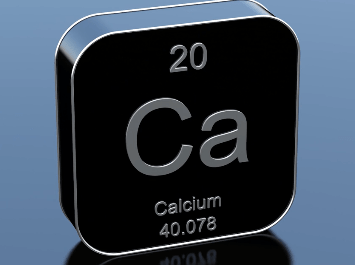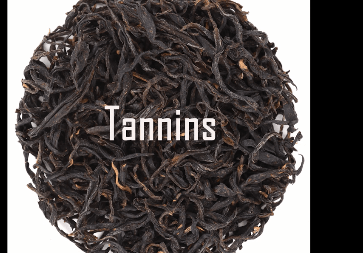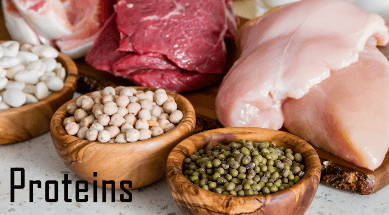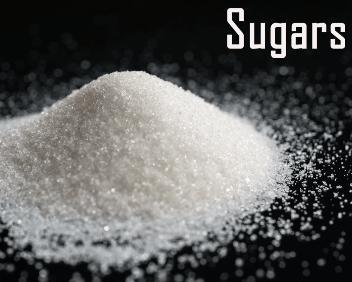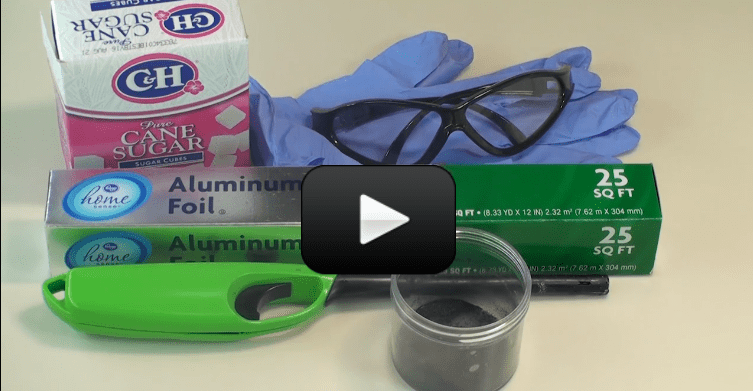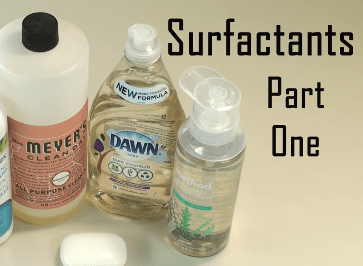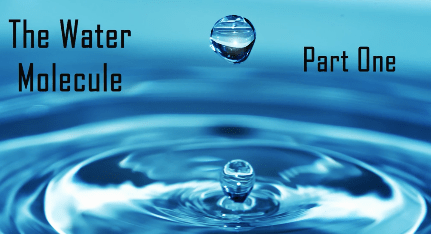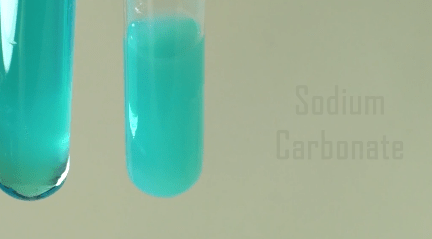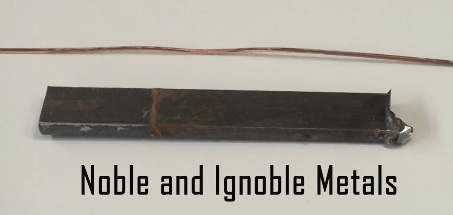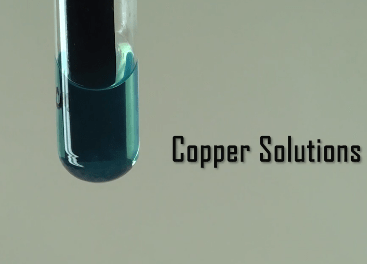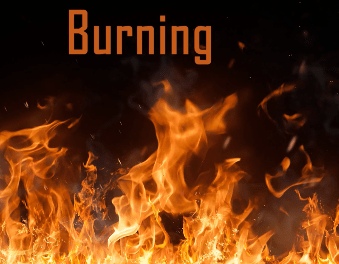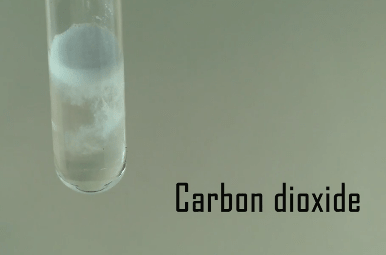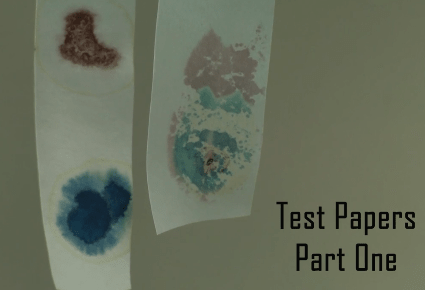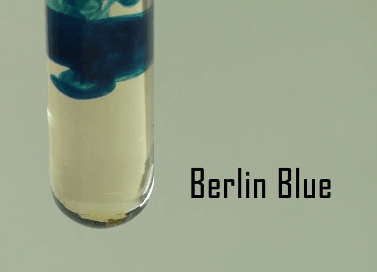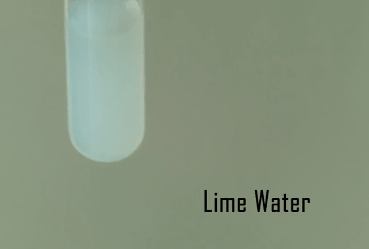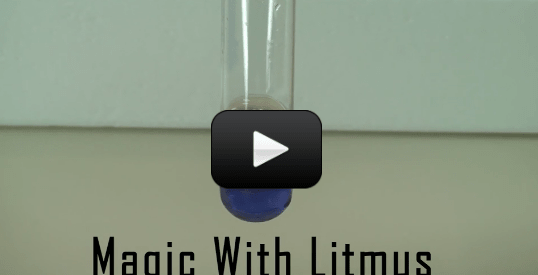We’re using the solution from the last experiment (the iron in what used to be a copper sulfate solution) for part of this experiment. This experiment is tricky to see a color change, which is why we’re going to look at the paper towel for the telltale blue that will indicate the presence of iron.
[am4show have=’p8;p9;p25;p52;’ guest_error=’Guest error message’ user_error=’User error message’ ]
Noble metals (metals that resist corrosion and oxidation from moist air) and are only a few metals on the periodic table: ruthenium (Ru), rhodium (Rh), palladium (Pd), silver (Ag), osmium (Os), iridium (Ir), platinum (Pt), and gold (Ag).
Ignoble metals are metals that corrode or oxidize. One way to slow down this process is with paint, plating (with another metal, like galvanized metals that are plated with zinc) or allowing with another metal (like chrome to keep iron from rusting).
Table salt is made of positive and negative ions (charged particles) that separate when dissolved in a solution. When the electrical current is switched on, the negative ions move toward the positive pole and release (awful smelling!) chlorine gas. Table salt is “decomposing” by “electrolysis”.
This works with all kinds of salt solutions. You will see bubbles at one of the electrodes of the gases that are being released from a complex set of chemical reactions taking place when the current is switched on.
C1000 Experiments: 73, 74, 75, 76, 77
[/am4show]

